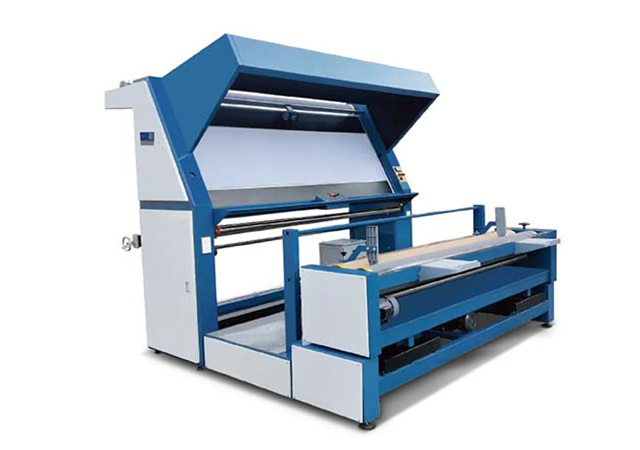China's textile and apparel industry has long been the global face of its manufacturing prowess. Boasting the world's most comprehensive modern textile manufacturing and service system, China has been a leader in total production and export volume of textiles and clothing since 1994. However, recent challenges such as the impact of the epidemic, Sino-US trade tensions, and escalating production costs have ushered the Chinese textile and clothing manufacturing industry into a phase of slowed growth, deep adjustments, and transformation.
In response to these challenges, the Asian Textile Sustainable Development Network Platform, representing over 60% of global clothing export manufacturers, is fostering collaboration among Asian textile production companies to enhance procurement practices. Major textile export associations in Pakistan, including the Pakistan Hosiery Manufacturers and Exporters Association (PHMA), the Pakistan Towel Manufacturers Association (PTMA), and the Pakistan Textile Exporters Association (PTEA), are joining forces with textile exporters from Bangladesh, Cambodia, China, Myanmar, and Vietnam. Their goal is to eliminate barriers hindering the swift export of textiles and establish common ground on payment and delivery terms, empowering Asian textile manufacturers to advocate for sustainability in textile and apparel production.
While the Chinese textile industry faces temporary difficulties, international cooperation presents new opportunities. Embracing these opportunities entails improving the industrial structure of China's textile industry by transitioning from traditional manual and light industrial models to intelligent and technological ones. This shift can reduce labor costs and enhance production efficiency.

Defects have emerged as a critical cost driver in textile production. Excessive defects not only lead to a high rate of substandard products but also increase production time and labor costs due to defect inspection. From fiber raw materials to the final manufacturing of fabrics, various factors such as improper settings, human errors, and mechanical failures can result in defects. These defects encompass yarn defects, weaving defects, and dyeing and finishing defects.
Addressing this challenge, Fabric Inspection Machines have emerged as indispensable specialized equipment in the garment industry. These machines are designed to inspect cotton, wool, linen, silk, and synthetic fabrics, offering solutions for extra-large, double-width, and single-width fabrics. The working principle involves continuous unrolling of fabric sections, providing ample light sources, and relying on visual inspection by operators to detect defects and color differences. Fabric Inspection Machines not only expedite the inspection process but also automate length measurement and rolling and packaging operations.
The advantages of Fabric Inspection Machines are significant. They offer unparalleled speed, with automated systems achieving speeds of up to 120m/min or even 300m/min, far surpassing the capabilities of traditional manual inspection. The high pass rate, exceeding 95% accuracy in defect detection, outshines manual inspection, minimizing leak detection and misjudgment rates. The intelligence of AI Automated Visual Inspection Systems allows them to adapt to high-frequency or new, rare defects, with memory functions for future reference and analysis.
By implementing Fabric Inspection Machines, the textile industry can revolutionize defect detection and grading, automating the inspection process. SUNTECH Fabric Inspection Machines and Fabric Packing Lines stand out in this regard, serving over 10,000 customers worldwide with high satisfaction rates. These machines, equipped with renowned brand components and robust materials, combine fabric inspection and packaging processes, significantly enhancing production efficiency. For more information, feel free to contact SUNTECH.




